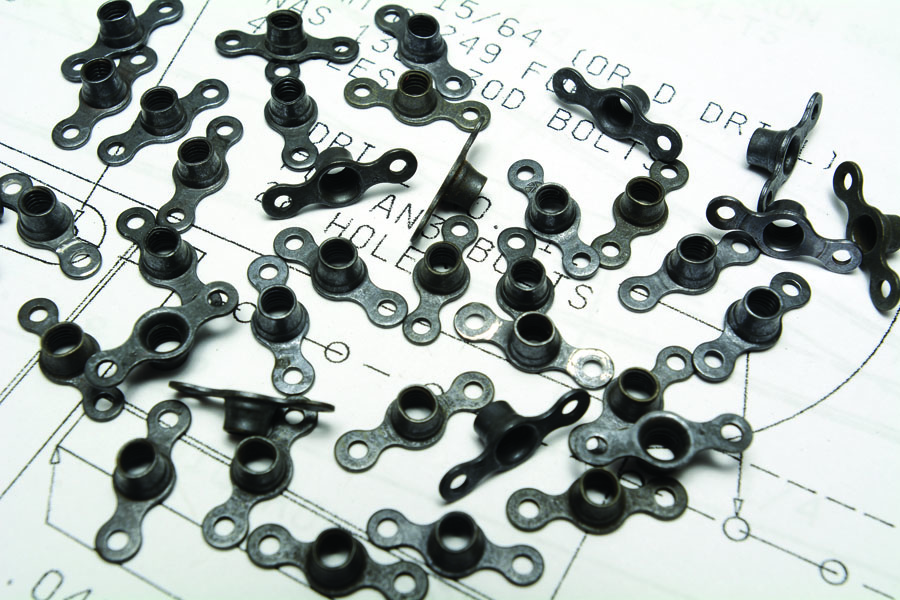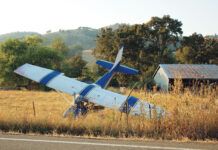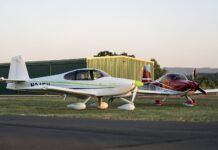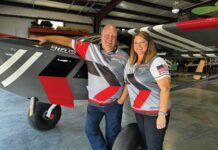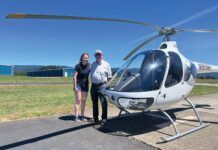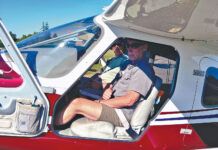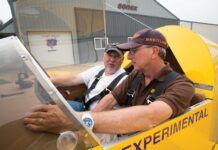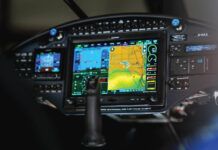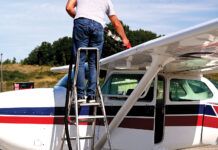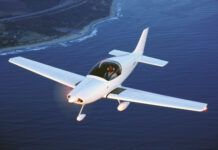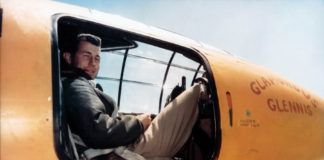Consider the lowly nut plate. Funny looking things, maybe even ugly. Inexpensive. Pretty much falls under the “who cares” category, and for sure you won’t take her home if you go on about how much you love your nut plates.
But don’t put a nut plate where you should, and you won’t have time to hang out in bars in the first place. You’ll be in your hangar instead, trying to stick an 11/32-inch nut onto a glob of masking tape wrapped to a length of rusty coat hangar long enough to snake into position and praying the screw doesn’t knock it off. Nut plates, like many small things, matter.
Easy maintenance matters. Taking the time to fit nut plates now instead of fumbling with screws, nuts, and washers later is a smart building decision.
I’m confident saying that, as several times I’ve had my aviating curtailed for significant periods because, in part, work on my air buggy was mired in a bottomless morass of under-engineered, hurriedly put together stuff that defied maintenance. And if assembling a Tab A into Slot B kit aircraft seems a challenge, try reinventing a rag-and-tube homebuilt once it’s been put together and flying. It’s ship-in-a-bottle modeling at its most tedious.
Of course, I must admit my first aviation sabbatical was entirely self-inflicted and came about from the old racer’s nemesis, hardening of the wallet. Having learned aviation during my school years, my first job/early matrimonial phase was pleasantly whiled on whether to float the water or electric bill that month. Then came a couple years spent—and that’s the perfect word—racing ground iron, plus some organic human cloning activity before rediscovering my logbook in the hall closet. There’s a six-year span covered in one page of that little tome, which is far too long away from the airport.
There followed some rented Cessnas, then the rather vertical jump to the Starduster, followed by the 14-month gap spent on the ‘duster’s first condition inspection. That’s when I learned why they’re called annuals: because it takes at least a year to get through them. It’s also where I started my appreciation for nut plates. And service loops in wiring. Or Adel clamps on control cables, wire ties made in the USA, inspection holes, fuel valves that cost more than $35 and didn’t once serve as Victorian water taps, plus sheet metal thicker than .016 inch.
If the Feds allow us our folly for “education and recreation,” I at least got one heck of an education out of it.
Next came a few years of actually flying my homebuilt, followed by the realization that those engine instruments weren’t lying, and adding a quart of oil every two hours wasn’t normal. Time to rebuild the ol’ 540.
Grounded
Now, if you didn’t know how to hang by your financial socks before, getting on a first-name basis with the engine shop will teach you patience. In my case it was six and a half years between shutting down in front of the hangar and firing it back up again. And you can bet there were nut plates in the totally new firewall-forward overhaul.
While the mechanical details learned in all this were important, the real lesson was the insidiousness of downtimes. Life turns out to be a short flight, and coaxing 11/32-inch nuts into position with a coat hangar and masking tape is not the best of what aviation or kit building has to offer. Better to take the time in the beginning, and put a nut plate in that hard-to-reach spot, both for yourself and the next guy.
Downtime turns out to be expensive in more than squandered time, too. While my engine sat in pieces and I pecked at a keyboard to pay to put it back together, there was hangar rent to pay. Six plus years of what amounted to storing aviation wreckage added up to easily more than what the engineless airframe was worth. It was also six years of ozone eating the bungees, radios decaying, and me keeping one step ahead of the mice.
Perhaps most appropriately for KITPLANES readers, downtime proves piloting skills are perishable. Whether you’re building or repairing doesn’t matter; when you’re not flying, you’re not refreshing, or better yet, updating, those hard-earned stick and rudder skills, not to mention instrument proficiency. Back when I was flying 172s, this was not terribly difficult to rectify; I bought a current AIM and read until it rendered me unconscious nightly, then took a BFR. After that it was merely paying more attention than usual in the local area as the finer points came back.
Getting back into the Starduster was another issue, and again, this is more appropriate to KITPLANES readers, as the hot-rodded biplane’s quicker takeoff, wider performance envelope and, above all, its high-drag engine-off “glide” (think mine-shaft accident) reward assertive piloting and can punish the slow or timid. There’s absolutely nothing super-human about piloting such an aircraft; it’s something nearly anyone can learn to do, but that’s the point—it’s a learned behavior and atrophies if idled.
Flying Again
At the end of the first 14-month Starduster layoff, I had but 36 hours in type and a bare 44 hours total tailwheel time. Putting an instructor in the front seat sure seemed intelligent for the first flight after the condition inspection, but just as with my transition training two years earlier, there wasn’t a qualified instructor in sight. Ultimately I picked a quiet, beautifully clear, windless morning to see just how much I remembered of this flying business.
Under “remarks” in my logbook for that date, it starts with “Wow!” It took two approaches to stick a landing; the first was perfect but my brain, flapping like the red rag at the end of the load, simply wasn’t ready for the runway rushing up, and involuntarily the throttle went in. The second time was equally on track, on speed, and almost as overwhelming, but the ego overruled the id long enough to get us through the blind flare and touchdown.
It was a good shove out of the comfort zone, but was it really right to jump in after such a layoff? The little voice that’s never wrong wasn’t totally sure, but leaned toward finding an instructor should similar conditions reappear.
And they did after the much longer six-year layoff for the engine overhaul. Again there was no instructor handy, but this time there were over 180 hours in type logged. Still, reason said go find an instructor, and the little voice was uncharacteristically pretty quiet. But when faintly heard it said, “Yeah, some dual in something besides a 152 would help, but you’ll be okay.” And there’s the real-world rub of these situations: Absolutely yes, meaningful dual would be good. But typically such is not realistically available, and it’s up to the owner to make the nearly impossible self-evaluation and decide whether to go it alone. The stats suggest we don’t get this one right much of the time.
Certainly the additional pilot program, which allows two people in the cockpit for Phase I, is a godsend. But the challenge still seems to be a lack of qualified mentors when and where you need them.
Probably the best advice is to avoid layoffs, even if it’s to stop building for a week of intensive flying in basic aircraft—ultimately it might avoid some rebuilding of whatever it is you are building. And don’t forget the nut plates.


